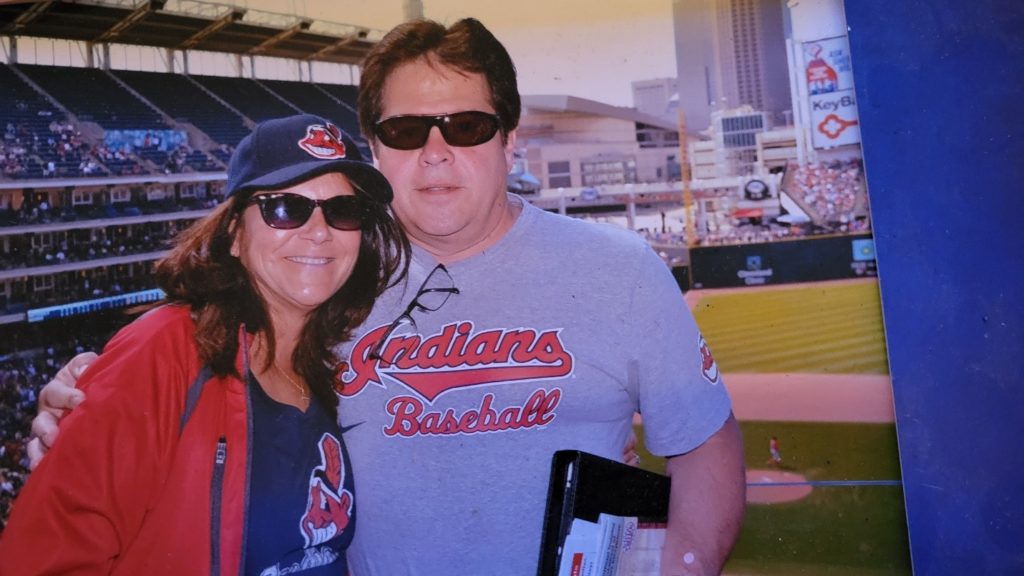Ohio - The heart of the matter
Thank you, Ohio, for officially declaring HCM Awareness Day in your state!
the children's cardiac safety act will help identify Cardiac Health issues in patients with a spectrum of Diseases including Hypertrophic cardiomyopathy
Sudden cardiac death (SCD) is a sudden, unexpected death caused by loss of heart function (sudden cardiac arrest). Sudden cardiac death is the largest cause of natural death in the United States, causing about 325,000 adult deaths in the United States each year.
Multiple conditions and risks can make children prone to sudden cardiac arrest (SCA) or sudden cardiac death (SCD) as well as other complications of heart disease. To date, the focus has mainly been only on screening student-athletes.
Monnie's Story

Thomas' Story

Here from Ohio State Constituents - We are more than numbers.
Being in the NBA was Monnie's dream, but he continues to discover more options.
Armonnie (Monnie) is a 13-year-old boy from Canton, Ohio, diagnosed with a heart murmur at birth. He was born prematurely (at 30 weeks) in 2009 and spent the first days of his life in the NIC Unit. Doctors assured his mother, Nicole, that he would "grow out of it."
Growing up, Monnie had always been very athletic. He especially loved playing basketball. He started playing at four years old and at nine he began playing year-round at AAU as a point guard.
In 2022, while in the 7th grade, Monnie developed a love for football, and he played wide receiver for his school’s football program. His plan was to continue playing football when he entered the 8th grade in the Fall.
In August of 2022, Nicole took Monnie for his routine physical before entering the 8th grade. During the physical, the doctor detected a heart murmur. In the years since Monnie was born, doctors never mentioned hearing a murmur, so Nicole assumed all was well. She was told to follow up with a cardiologist before Monnie could get the clearance to play football.
The cardiologist ordered an echocardiogram, cardiac MRI and a stress test, and Monnie was diagnosed with hypertrophic cardiomyopathy (HCM). He never had any symptoms. Occasionally he would experience shortness of breath, but Nicole attributed this to his diagnosis years earlier of asthma (which was confirmed by a pulmonary function test).
According to Nicole, the cardiologist said that Monnie should be restricted from all physical activity and that she needed to bring him back in a year for a re-check. "That didn't sit well with me. They gave me a life-altering diagnosis for my child and didn't want to see him for another year?"
Click here to read more about Monnie's story.
When he was young, Thomas was a strong athlete, running track and playing football. At 25, he was diagnosed with a heart murmur, but no further treatment was advised, and he continued his active lifestyle.
Everything changed when he was diagnosed with hypertrophic cardiomyopathy (HCM) at 53. Thomas struggled with a racing heartbeat and high blood pressure. He recalls going through a myriad of medication treatments in the hopes of reducing his heart rate and blood pressure. For five years medication was controlling his heart rate and blood pressure, then the thickening of his septum increased. He could hardly walk down the street to go to the grocery store After having a meal at a local restaurant, the walk home was almost impossible.
Click here to learn more about Thomas' story.
By the numbers:
One of the disorders in the spectrum is Hypertrophic Cardiomyopathy which is often misdiagnosed or worse yet - overlooked until it is too late.
But with more attention focused on this problem, we can improve the diagnosis delay.
Like Thomas, there are close to 57,000 Ohio State constituents potentially affected with cardiac disorders per EACH State Senator’s District, with over 1,700 being Hypertrophic Cardiomyopathy*
There are over 19,000 constituents potentially affected with cardiac disorders per EACH Assembly Member’s District in Ohio with up to 590 being Hypertrophic Cardiomyopathy.
To view the full report on the prevalence of cardiac disorders in the state of Ohio: Click here
Please, listen to our patient stories, and take action to support the Children's Cardiac Safety Act. Draft legislation is available for review: Children's Cardiac Safety Act - Hypertrophic Cardiomyopathy Association
The HCMA has many members from Ohio. They share a deep understanding of the benefits of childhood screening and early diagnosis.

